How can managing the staff be made easier? (People. Part 3/4)
In part 2, step 4 considered an employees journey. The journey starts with recruitment, continues with training and retraining. Throughout their journey they will be rewarded until finally they are either released or they resign. All these steps can be managed a lot more easily if they start with the right foundation and are regularly reviewed and updated as someone’s employment progresses.
A sound foundation for managing staff.
In part 2 of this series it was advocated that an organisation chart be drawn up, with reporting lines and responsibilities. For each position there should also be a job description and ideally to this should be added the necessary requirements of experience and skills. This forms the basis for recruitment or appointment to a role.
Recruitment or appointment
There are three options available. A business can choose to advertise themselves, use an agency or make an internal appointment. Where there is a shortage of staff of the required type, an agency fee is a good investment when compared to the cost of a failed recruitment. Different processes for recruitment can be used, testing skills to be used, psychometric testing and interviews being the most common. No matter which is used, you are endeavouring to ascertain if a person “can do the job”, “will do” the job and “will they fit” the culture of the business.
During the recruitment process employment legislation should be complied with and the potential employee made aware of the rules of the organisation by the issue of a staff handbook which should set out the expected standards of behaviour, even though some of the standards may seem unlikely at the time that they will ever be needed.
Fully successful appointments are difficult to make but taking care with the supporting documentation makes ironing out any difficulties that much easier.
Staff Reviews
Many managers are uncomfortable holding staff reviews and consequently staff actions go unchecked. Providing feedback to staff is crucial for ensuring productivity levels are maintained and good feed back can be very motivating for staff. At the end of a probation period targets should be set for both parties. The business may offer to provide certain training and the employee given certain levels of output or changes of behaviour to achieve. Regular reviews should be held, regardless of how uncomfortable the manager feels and then the meeting fully documented. The record become the means to act should the businesses expectations which have been set out, either at the point of recruitment or at a review, not be met.
Retain
The career path of individuals changes as they get older and the tone of the reviews should be sympathetic to the change. Ambitions to be promoted may eventually give way to being content in a certain position. This is fine, not everyone in a business needs to be on the promotion ladder, there is a place for people who perform well and are reliable. The review should check that these people are still content and their observations on the business acknowledged. It should not be taken for granted that they will not seek a change at some point and this should be identified and a plan going forward agreed so the person is not lost from the business if they are truly valued.
Release
There are several reasons why staff may need to be released. If the forgoing recommendations have been followed, then it should be relatively straight forward.
Misconduct. At the recruitment stage the issuing of a handbook with the expectations of behaviour sets out the standards required. By reference to this misconduct can be dealt with, ultimately leading to dismissal if necessary.
Non-performance. The targets and agreed actions from the regular reviews form the basis for the expectation around performance. If issues arise, concerning performance, reference to the reviews and any intermediate reviews will form the basis for escalating sanctions, eventually leading to dismissal if an improvement is not forthcoming.
Redundancy. In the previous blog it was mention that the world is an ever-changing place and that a business has to move with the times. If a business cannot retain a person when it restructures to take account of a revised direction, then redundancy is an option. Again, the sting is taken out of the situation if the redundancy policy is included in the recruitment pack.
If you would like guidance obtaining support for managing your staff then please request a free health check to find out how Business Doctors may help you or refer you to a specialist who can deal with the intricacies of Employment law. http://ow.ly/SyPn30j0MUY
Warning: Undefined variable $cat_slug in /www/businessdoctorsireland_388/public/wp-content/themes/business-doctors/single.php on line 208








